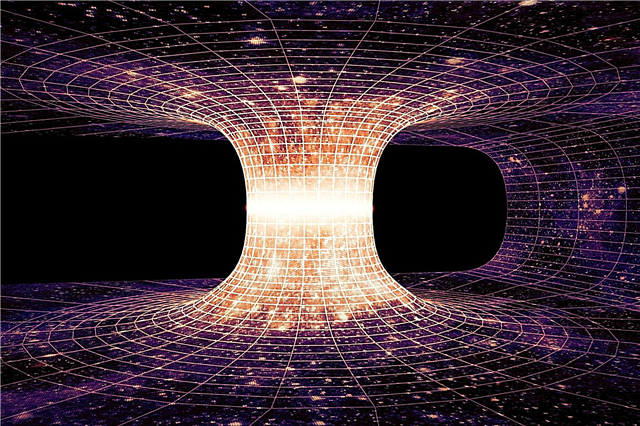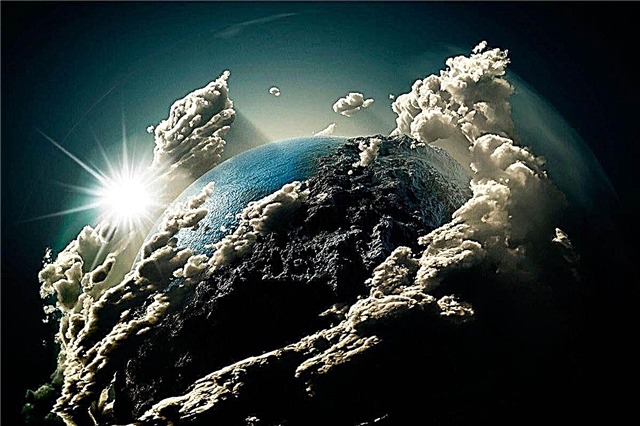
The existing Standard Model assumes the presence of quarks - fundamental particles with a charge and absent in a free state. Presumably, not only stars, but also planets have such matter. Such particles are detected using accelerators.
Strange quarks under normal conditions cannot exist for long. They turn into decay products with a longer lifespan. According to the Standard Model, these quarks can only be stabilized by enhancing gravity in the nuclei of neutron stars (celestial bodies with a radius of up to 20 km, which mainly consist of a neutron nucleus and a thin shell of atomic nuclei and electrons).
Under conditions of such powerful gravity, almost all elementary particles decay, including neutrons to different types of quarks. Under the influence of high pressure and gravity, they all gradually turn into strange ones. So strange matter is formed.
Models show that such matter can be not only dense, but also stable. If ordinary substance interacts with it, then it will transform into a quark. On this basis, assumptions are made that stars from quarks alone can exist. True, neither experimentally nor instrumentally failed to confirm the existence of such objects and their "strange" properties.
Chinese astronomers led by Jin-Jun Geng from the University of Nanjing suggest the existence of so-called strange planets. They hypothetically may consist of only strange matter. According to them, finding such objects is much easier than "strange" stars. An article with research results was published in the Astrophysical Journal.
Planets with strange quark nature should be different from other celestial bodies. Their density should reach tens or even hundreds of trillions of grams per 1 cm3. Therefore, they persist even if they are incredibly close to their mother star, also consisting of strange matter.
Based on the results of their research and assumptions, Chinese astrophysicists began the search for such exotic planets. There may be 4 such objects. 2 of them can be found near pulsars of a neutron nature. The distance to them is so small that a second, no less interesting question arises: how do planets exist without being destroyed by such a huge force of attraction. The second two stars can theoretically be further.
Astronomers began to detect gravitational waves that arise as a result of the fusion of stars consisting only of neutrons. Perhaps soon it will be possible to get another, no less interesting signal. It can appear as a result of the fall of a strange planet on a star containing the same type of matter.












